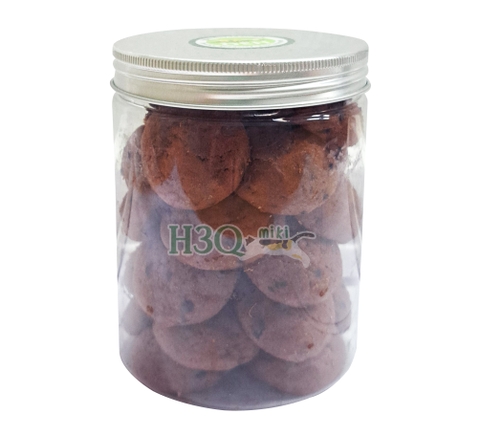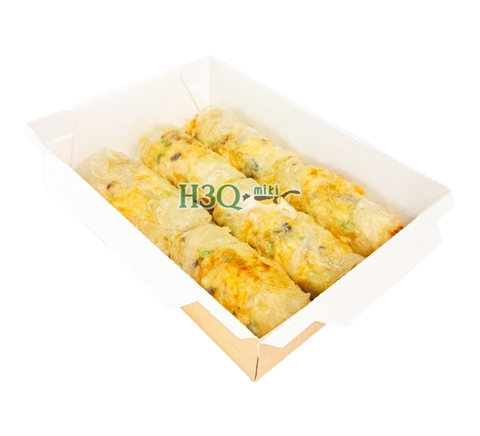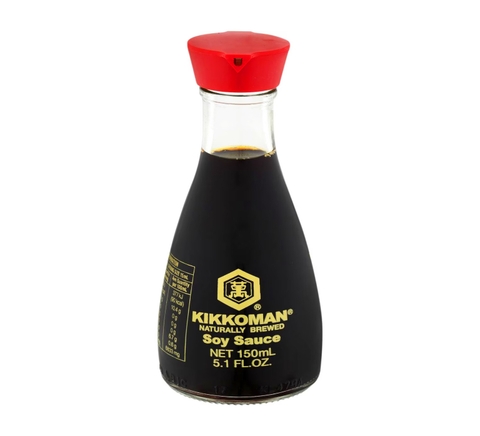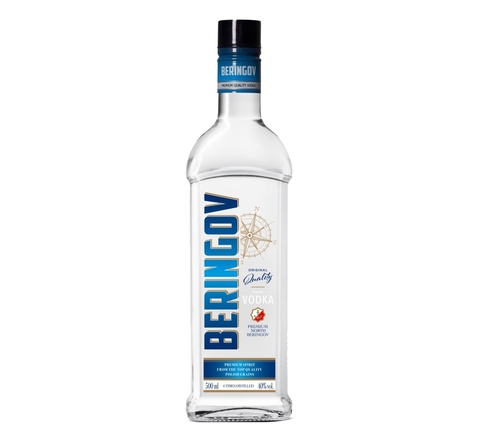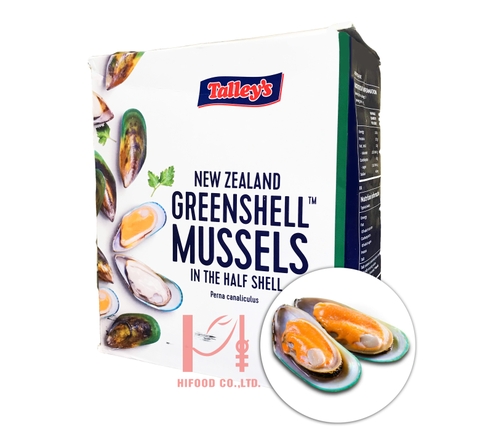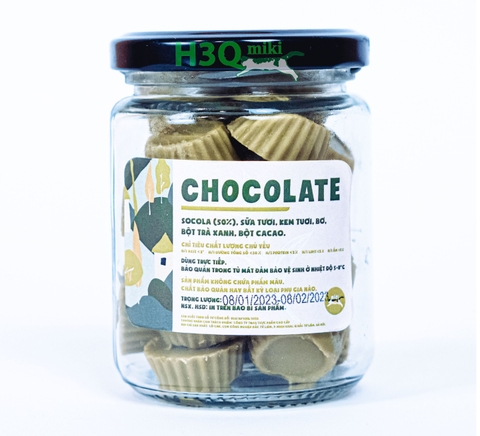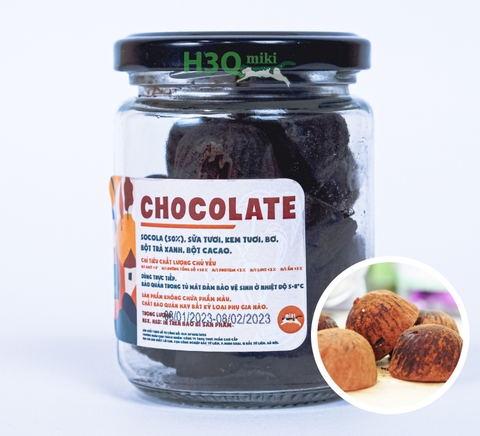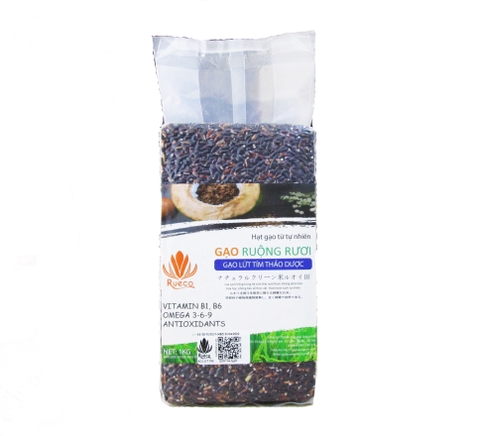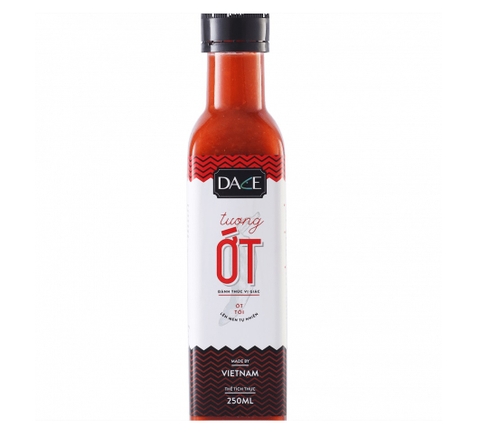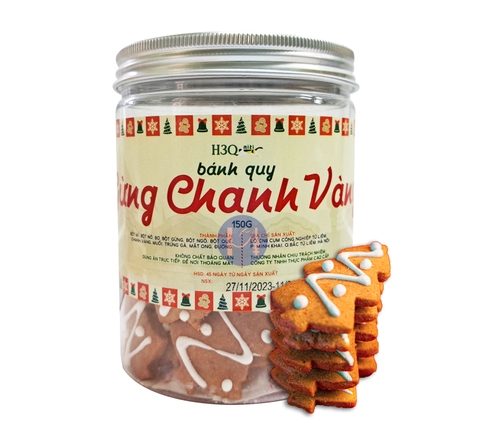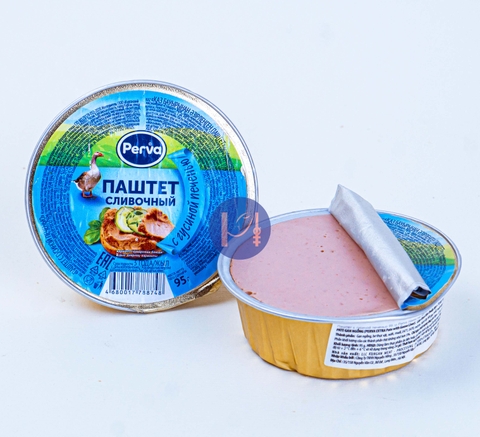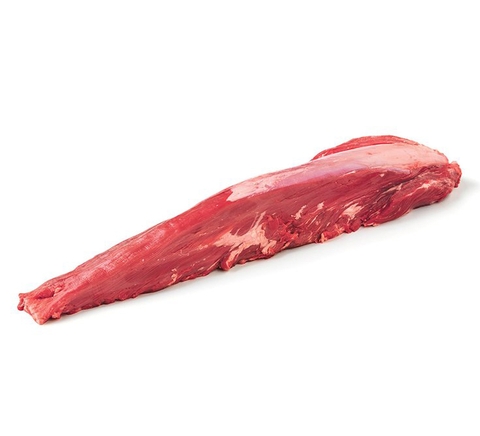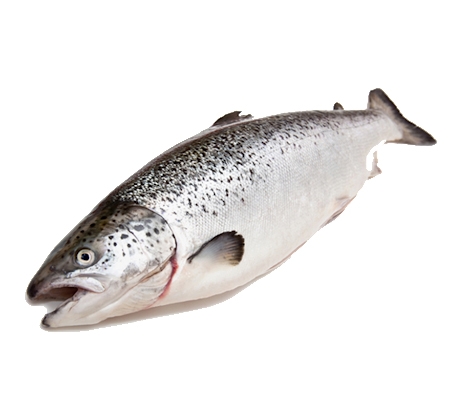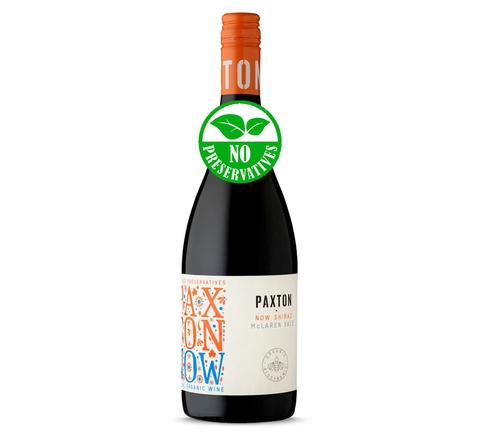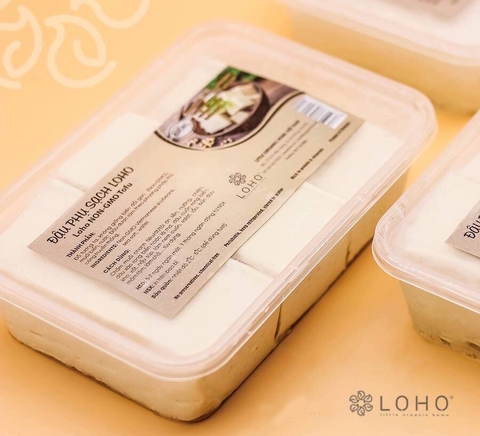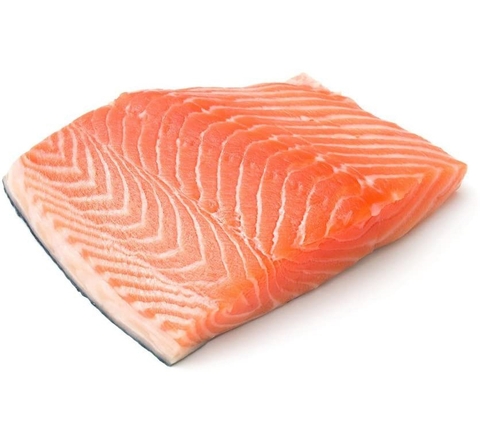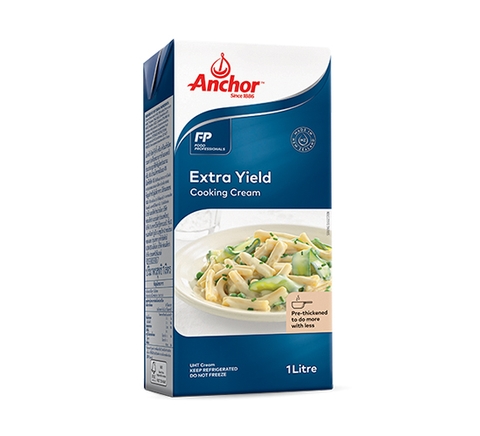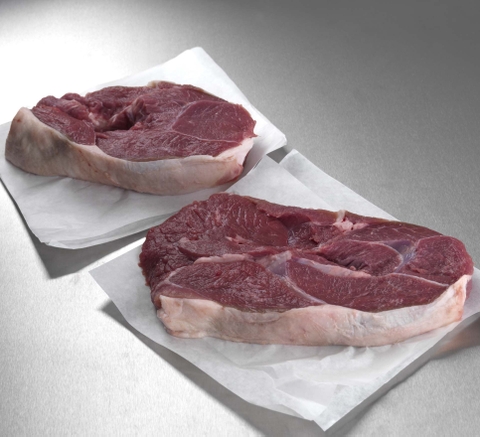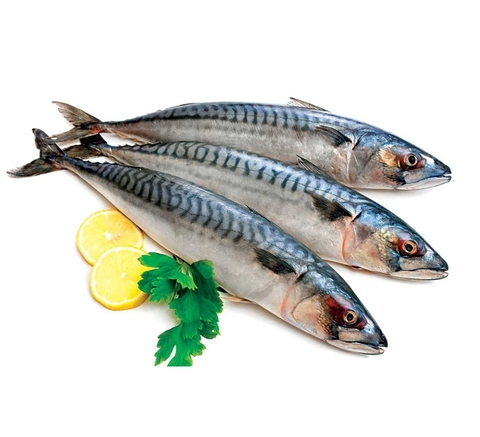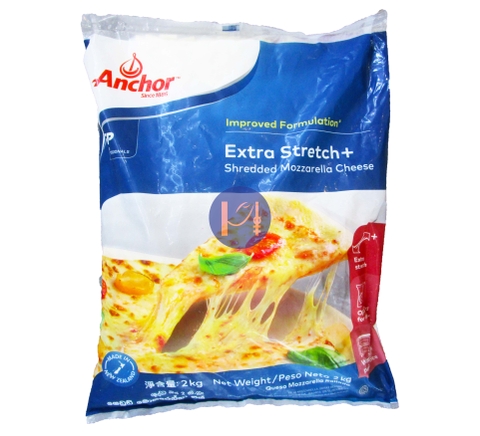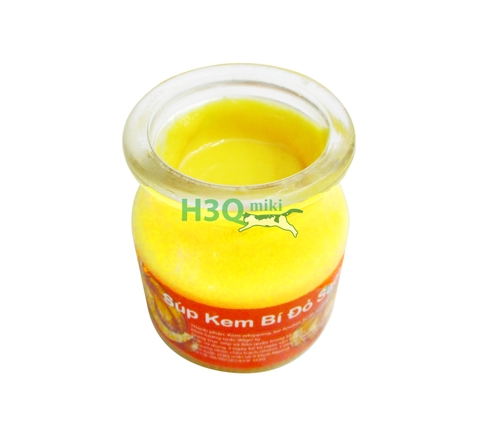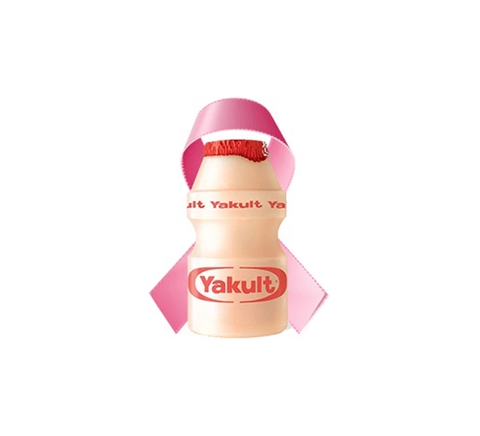The Ragworm Paddy Field Project was officially born in April 2016, and was licensed by the Department of Investment and Planning in the same year. The pilot planting area is in Ngu Phuc Commune, Kien Thuy District, Hai Phong City, with an area of 20ha.
According to research on the growth of ragworm, before coming to the surface to perform the mating and spawning process, it has left a part of its body in the mud. That part of the body and alluvium deposited in the estuary become a valuable natural source of nutrients for the plants here.
In a year, RUECO's rice can only be grown for one single crop.
Net weight: 2kg
Rice variety: Plain white rice
White rice variety: Tien Vua
Milled / unmilled: Milled
Brand: RUECO (Rice From Ragworm Paddy Fields)
Origin: Vietnam
Packaging: Vacumm-sealed pack
Nutritional ingredients: Vitamin A, B1, B6, B12, Omega 3-6-9…
Cultivation: No pesticides, no herbicides, no chemical fertilizers.
Processing: No pesticides, no molds, no preservatives, no polishes, no artificial scents.
Paddy field location: Kien Thuy District, Haiphong City
Manufacturer: RUECO Co., Ltd. (RUONG RUOI ECOLOGICAL JOINT STOCK COMPANY)
Office: No.22/119, lane 310/50, Nghi Tam Street, Tu Lien Ward, West Lake District, Hanoi
HOW RICE OF RAGWORM PADDY FIELDS IS MADE
1. Testing of soil and water samples
The purpose to obtain the highest quality products, including bran husks and arable land, all need to achieve safety indicators of heavy metal content, nutrient concentration, and salinity determination to select suitable plant varieties.
Sampling is done by the technician of the Center for ENVIRONMENTAL SCIENCE AND TECHNOLOGY, in the presence of the field owners, extension committee and members of NON-AGRICULTURAL COMMUNITY.
2. Prepare the seedlings
The soil must be nutritious enough, free of pathogens, and safe for the development of young seeds.
3. Seedling
The healthiest seeds will be selected for planting. Sowing the seedlings on the tray ensures that when the seedlings are brought to the transplanted field, there is less root breakage, and does not affect the growth of rice plants.
4. Let the rice plant develop naturally
Before transplanting rice down, an amount of composted organic fertilizer is applied to the lagoon. Farmers will take advantage of the rising - falling tides and the continuous sediment brought in by the new water.
Rice grows completely natural, without using any chemical fertilizers.
5. Harvesting and storage
After about six months, when the rice plants become fully ripe, it's time to harvest. The whole paddy is slowly dried to a standard moisture content, in order to ensure the best quality, regardless of the weather. The finished rice grain is not easily cracked, even after dried under rough sunlight.
6. Producing the finished rice
Finished rice consists of 3 types: sticky rice, brown rice and milled rice, retaining rich nutritions, bringing the best value to the users' health.
Finished milled rice is separated from whole broken rice and mixed-colored rice grains to ensure the highest quality of the finished rice.
Source: RUECO













